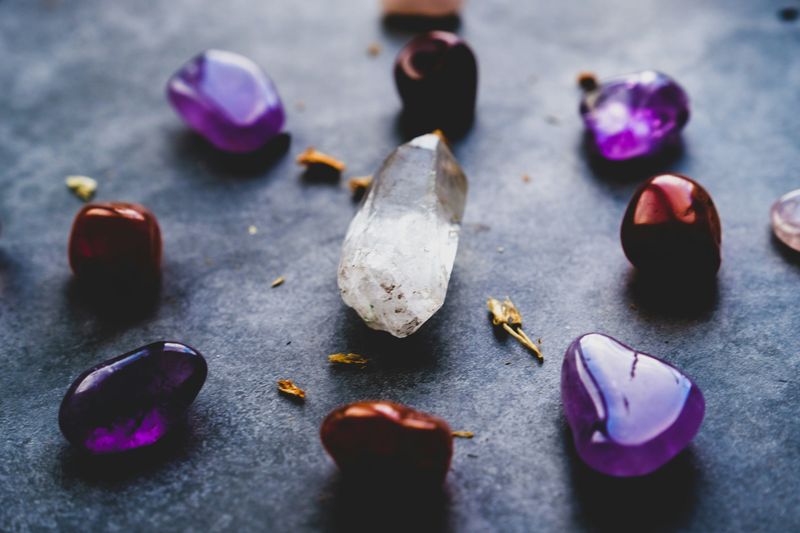Your friend Evan just found the coolest mineral while on a trip with their family!
 They know it's a mineral and not a rock, but they don't know what kind of mineral it is.
They know it's a mineral and not a rock, but they don't know what kind of mineral it is.
 You and Evan can see that it's shiny and easy to break pieces off, but that describes many different minerals.
You and Evan can see that it's shiny and easy to break pieces off, but that describes many different minerals.
 You need to get more specific! To help Evan figure out what their mineral is, you'll need to learn some common properties of minerals.
You need to get more specific! To help Evan figure out what their mineral is, you'll need to learn some common properties of minerals.
What IS a mineral?

Minerals are naturally occurring solids, meaning people don't make them.
Metals mined from the Earth, like iron and gold, are minerals. No one made those metals — they formed naturally.
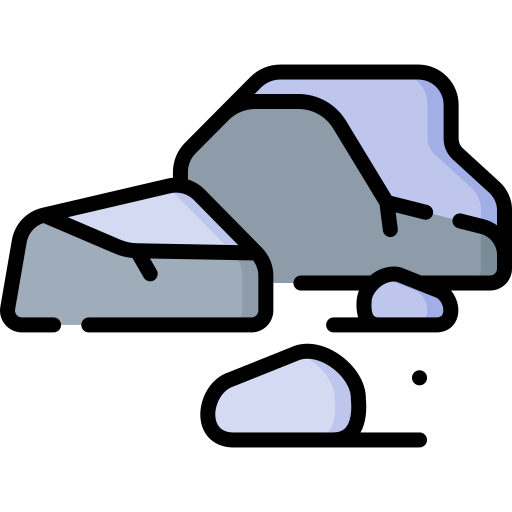
Minerals are also inorganic — they aren't made from living things.
Rocks are solids that can contain plant and animal matter — not minerals.
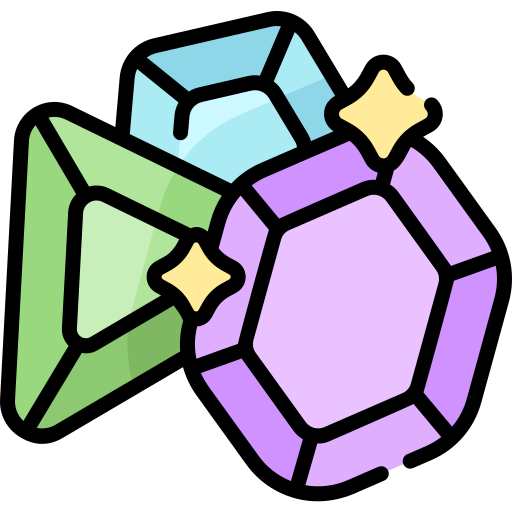
Minerals form crystals and are made of a single chemical compound, so they're not mixtures.
Many minerals are valued for their crystal shapes, like diamonds.
Minerals' Physical Properties
Minerals are identified by their physical properties. They include:
Color
Luster
Cleavage
Streak
Hardness
Specific gravity
If you can describe all these properties of a mystery mineral, you can figure out what it is!
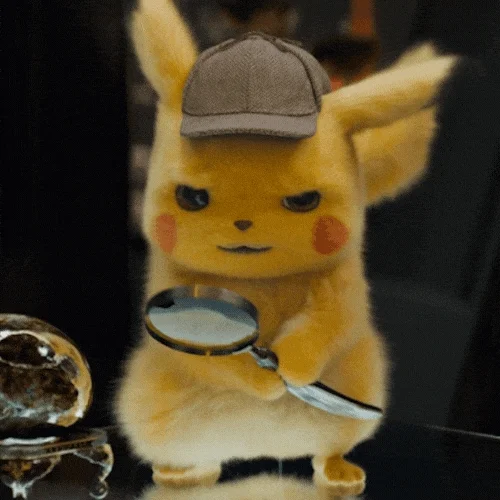
Now, you're ready to learn about each of these common properties of minerals
Color & Luster
You can see the color and luster of a mineral just by looking at it.
Color
Minerals come in many colors based on the wavelengths of light they absorb.
Example: Fluorite is one of the most colorful minerals. It can be yellow, green, blue, or purple. It also glows under UV (ultraviolet) light too!
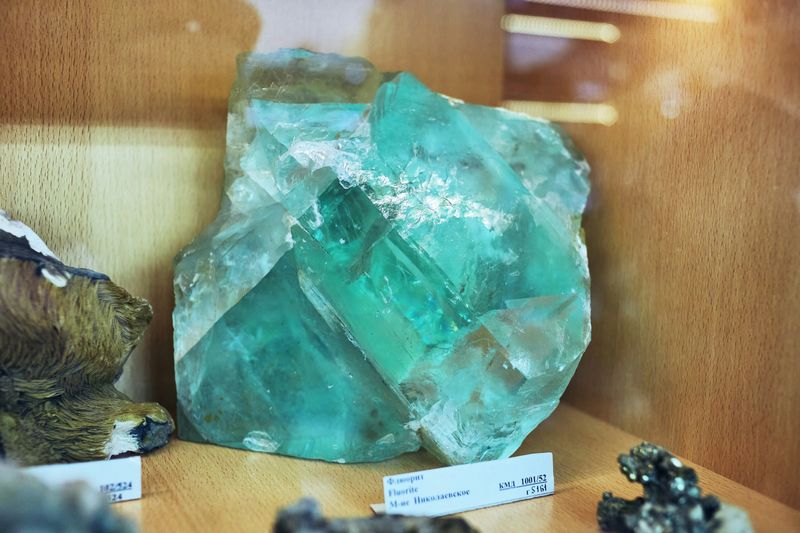 Photo by Tengyart on Unsplash
Photo by Tengyart on UnsplashIdentification tip! 🔎
Hold your sample up to a color wheel to find the best color match.
Luster
Luster describes how well the mineral reflects light. A shiny mineral has a high luster, and a dull or earthy mineral has a low luster.
Example: Platinum is a metal with high luster. It reflects a lot of light and is used in jewelry.
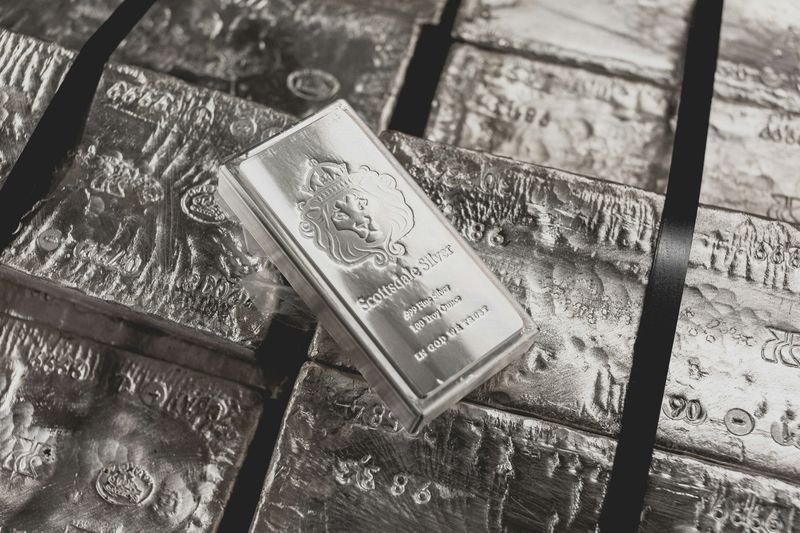 Photo by Scottsdale Mint on Unsplash
Photo by Scottsdale Mint on UnsplashIdentification tip! 🔎
Shine a light on your mineral to see how much light it reflects.
Cleavage & Streak
Cleavage and streak are physical properties that require a test!
Cleavage
Cleavage is the ability of a mineral to break along certain layers, called planes.
Some minerals have "perfect" cleavage and almost always break in a certain direction.
Example: Graphite, a form of the element carbon, cleaves in sheets. It's used in pencils because it cleaves when you write, leaving small marks on the paper.
 Photo by Kelly Sikkema on Unsplash
Photo by Kelly Sikkema on UnsplashIdentification tip! 🔎
Carefully test for cleavage by breaking off a small piece of your sample. Only do this if you're okay with damaging the sample.
Streak
The streak of a mineral is the color of the mark it leaves on a piece of unglazed tile.
Example: Hematite, a pigment in red paints, always leaves a reddish-brown streak, no matter whether its luster is shiny or not.
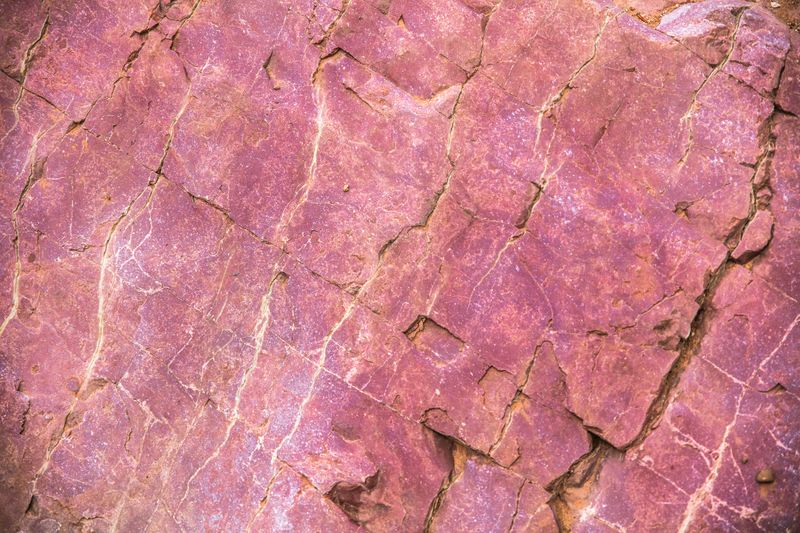 Photo by Patrick Hendry on Unsplash
Photo by Patrick Hendry on UnsplashIdentification tip! 🔎
Only do a streak test if you're okay with damaging the sample. You could test the bottom of a small figurine so the scratch isn't seen later.
Hardness
The hardness of minerals is how well they resist scratching. It's another way to describe a mineral.
Hardness is measured with the Mohs Hardness Scale. Diamond, the hardest mineral known (as seen in the video below), is a 10 on the Mohs Hardness Scale. All other minerals are between 1 and 10.
The Mohs Hardness Scale lists minerals and common objects based on hardness. You can scratch talc and gypsum with your fingernail, but not any harder minerals.
Scratching each object on your mineral will help you figure out its hardness.
Identification tip! 🔎
Remember that testing for hardness will scratch your sample. Test it carefully with the household object on the scale to determine its hardness.
Specific Gravity
You know that the weight of your mineral depends on how big it is. So, just weighing the sample doesn't help us identify it.
A mineral's specific gravity is how heavy that mineral is compared to an equal amount of water.
 Photo by Piret Ilver on Unsplash
Photo by Piret Ilver on UnsplashSpecific gravity allows us to compare the "heaviness" of different minerals.
A mineral's specific gravity depends on the size of the atoms it's made of and how tightly packed those atoms are.
Example: Metal minerals like iron have heavy, tightly packed atoms. It has a higher specific gravity than barite, which has light, spread-out atoms.
 Photo by Shavonne Yu on Unsplash
Photo by Shavonne Yu on UnsplashIdentification tip! 🔎
Testing for specific gravity requires a scale and a few other supplies. Here's a guide you could follow with some help!
Can You Identify this Mineral?
Let's come back to your friend Evan's mineral. Their mineral is:
Silvery, with a colorful layer on the outside.
Quite lustrous and shiny.
Easy to break (brittle) but has no cleavage pattern and a silver-white streak.
A soft metal that you can scratch with your fingernail, making it a 2.5 on the Mohs Hardness Scale.
Quite heavy for its size, so it has a high specific gravity.
Using these common properties of minerals, you do some research and figure out that Evan's mineral is bismuth!
 Photo by Alexander Grey on Unsplash
Photo by Alexander Grey on UnsplashQuiz
Mika is trying to identify a mineral sample. So far, she knows its color is green, streak is light-colored, specific gravity is 2.5, and it’s luster is low. What other properties would you tell Mika to use to identify her mineral?
Take Action
Your feedback matters to us.
This Byte helped me better understand the topic.

